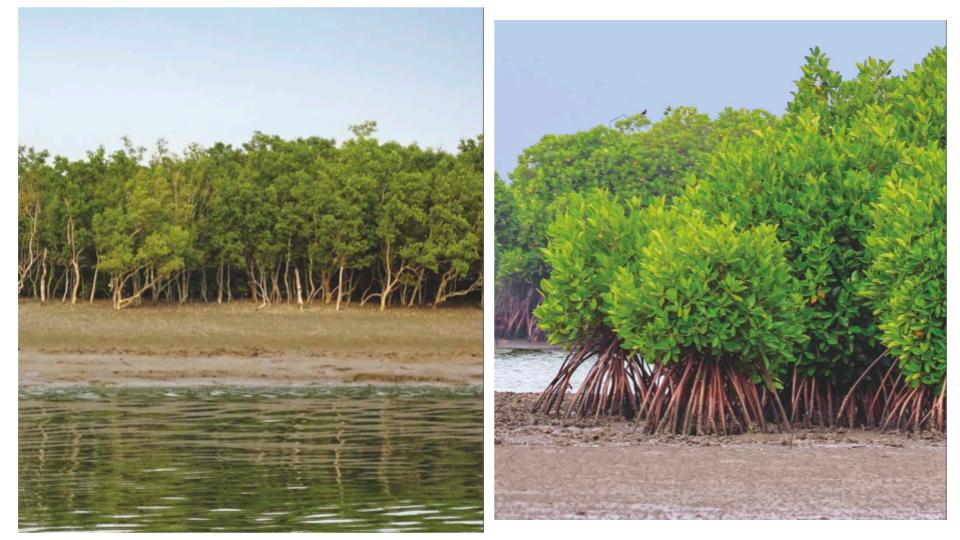Pulicat, a coastal town situated north of Chennai, was once known for its thick mangrove forests. However, as the city expanded, much of these mangroves were cleared for development. But now, a CSR initiative by Bengaluru’s Mphasis, a tech firm, aims to revive Pulicat’s dwindling mangrove cover.
Mphasis has partnered with the NGO United Way Bengaluru to plant mangrove seedlings in Pulicat. So far, they’ve planted 18,500 saplings across 18.5 acres, with plans to plant another 40 acres this year.
In a written reply to a question, Union Environment Minister Ashwini Kumar Choubey informed the Lok Sabha about efforts to protect, restore, and enhance mangrove forests in coastal states and Union territories of India. The Union Budget 2023-24 introduced the ‘Mangrove Initiative for Shoreline Habitats & Tangible Incomes (MISHTI)’ to safeguard and promote mangroves as unique ecosystems. This initiative aims to restore mangroves across approximately 540 sq km over five years, starting from 2023-24.
Launched by the Ministry of Environment, Forest & Climate Change on World Environment Day (June 5, 2023), MISHTI provides operational guidelines to states for implementing plans. Notably, India’s mangrove cover increased by 252 sq km between 2015 and 2021.
Mangroves, resilient salt-tolerant plant communities found in tropical and subtropical intertidal regions, are repositories of rich biodiversity. High rainfall (1,000 to 3,000 mm) and temperatures (26°C-35°C) characterize their habitats. With unique adaptations, mangrove species survive waterlogged soils, high salinity, and cyclonic storms. These ecosystems serve as vital refuges for coastal biodiversity and act as bio-shields against extreme climatic events. Large rural populations depend on mangrove ecosystems for livelihoods.
The Sunderbans, the world’s largest mangrove forest, acts like a natural barrier against cyclones and storm surges.
Recognizing the critical role of mangroves, the government has taken comprehensive steps to protect and enhance these ecosystems in coastal states and Union territories. Promotional measures include the ‘Conservation and Management of Mangroves and Coral Reefs’ scheme under the National Coastal Mission Programme. Regulatory measures are implemented through various acts.
Conservation efforts aim to overcome challenges such as biotic pressure, natural calamities, and human activities like land reclamation and discharge of untreated sewage. The Forest Survey of India has been monitoring mangrove cover since 1987, using remote sensing.
Recognizing their significance, the Government of India established the National Mangroves Committee in 1976 to advise on conservation and development of mangroves. The multifaceted approach outlined by the Union Budget 2023-24 and the initiatives taken by the government underscore the crucial role of mangroves in ecological balance and sustainable development.
By: Sabita Mishra










